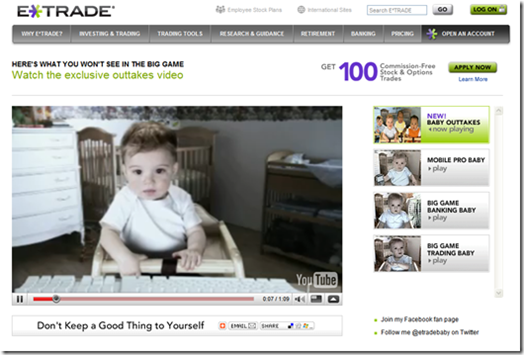 One thing that’s clear in today’s banking crisis: many credit products were severely underpriced relative to the risk. That means the entire financial services industry must reprice their product lines to get back to a “normal” level of profitability.
One thing that’s clear in today’s banking crisis: many credit products were severely underpriced relative to the risk. That means the entire financial services industry must reprice their product lines to get back to a “normal” level of profitability.
For consumers and businesses, that means higher rates, more fees, and most likely fewer free services. One thing that will surely be scaled back is the extensive branch system, which in the United States amounts to one full-service, often elegantly equipped, bank branch for every 1,000 households (see note 1).
But what other free services will disappear? Here are the current freebies that banks will closely examine in coming years. In most cases, the free benefits aren’t going away entirely, they’ll just be available to fewer customers. They are listed in order of most vulnerable to least.
- Free online bill payment: In our opinion, across-the-board free bill pay has never made economic sense for most financial institutions (note 2). We expect banks will begin charging the less-profitable portions of their customer base for it.
- Free branches on every corner: Branches are a huge, vastly underused, capital expense. There will be significant reductions in this area during the next 20 years (note 1). Branches aren’t going away entirely, but they’ll be far fewer, they will be smaller, and they will charge fees for many services currently offered free of charge.
- Free credit card annual fees, interest-free grace periods, and rewards: Non-revolving credit card users get a great deal under the current system, 30-to-45 days interest free grace period, plus card rewards, and little or no annual fee. Card issuers, hit by lower borrowing by their prime customers and higher default rates from others, will restrict free services for convenience users.
- Free mailed statements: As the cost to mail statements continues to rise along with the percent of customers with online access, this freebie is destined for extinction. As with most benefits transitioning from free to fee, less-profitable households will see the fees first.
- Free telephone customer service: Telephone customer support is relatively inexpensive compared to branches since most routine questions are answered automatically and human support can be outsourced to lower labor-cost areas. But we expect that free human customer service will eventually be limited to the more profitable households, with others paying per-use or annual fees.
- Free ATM usage: Most banks will continue to offer free ATM use across their own networks, but will probably add qualifying criteria, such as minimum balances, debit card usage, direct deposit, and/or estatement usage.
- Free checking: Because “free” checking isn’t really free after factoring in penalty fees and cross sales, it’s not likely to disappear from a bank’s marketing toolkit. However, unprofitable customers will see even more fees tacked on to their accounts, such as per-use charges for branch services, telephone support, etc.
- Free online/mobile banking access: Online and mobile access is an inexpensive service to provide and is likely to remain free for most customers. However, we expect banks and credit unions to begin offering upscale “gold” versions that will carry annual/monthly fees for more benefits.
Notes:
1. For our take on the future of bricks and mortar, see Online Banking Report: The Decline of the Branch.
2. For more info on pricing bill pay and other online services, see Online Banking Report on Pricing.

























